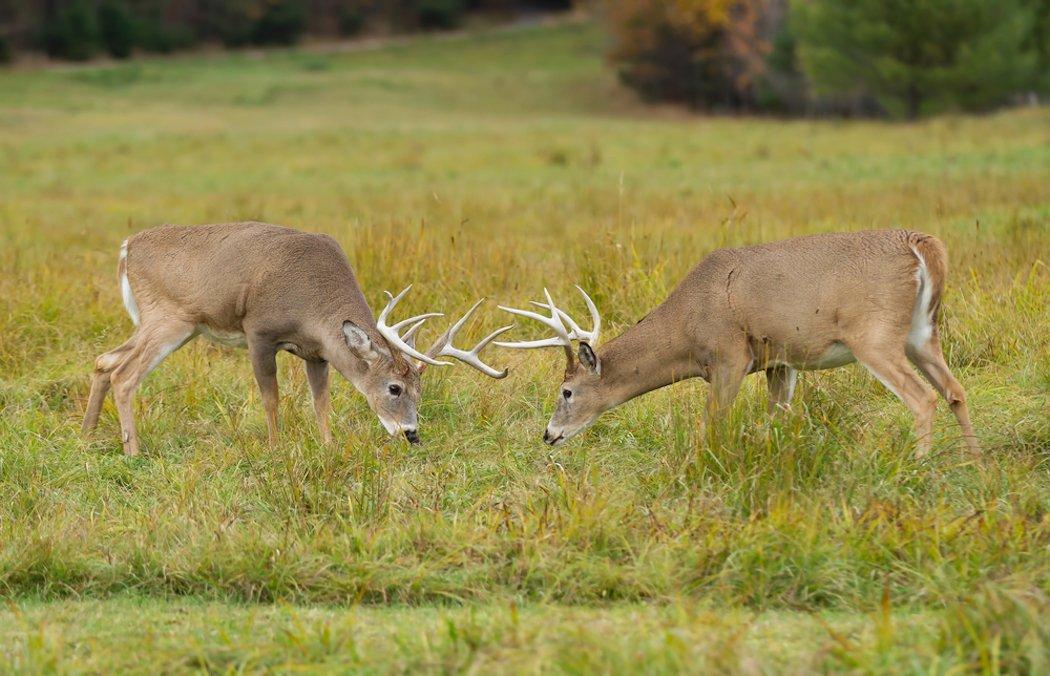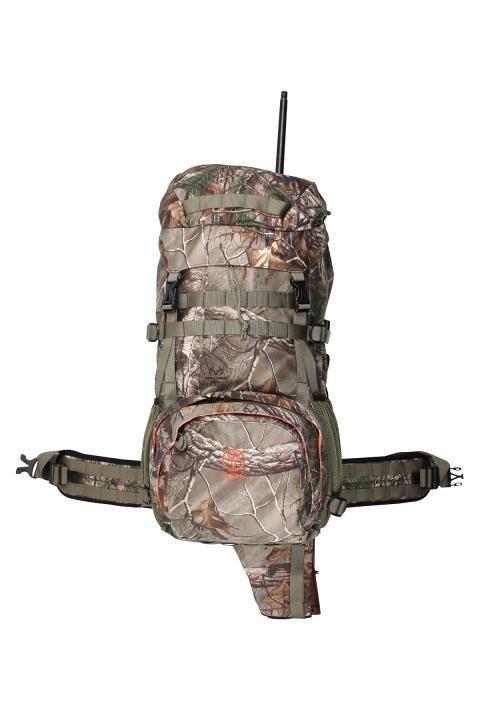Do You Know 'Em When You See 'Em?
The rut is almost here in some places. And it's not much farther off in other locations. So it's paramount that we understand some of the basic rut behaviors bucks exhibit. Here are five of those.
Rubbing
This is an easy one to identify. But it's important to not only identify it but also to really understand why deer do it. Research suggests that bucks don't rub to mark their territory. Behavioral studies suggest that bucks aren't territorial in the traditional sense. They don't defend an area or a piece of turf. What they do defend is hierarchical status and breeding rights. So what are rubs? They're communicative signposts.
Don't Miss: How to Read Rub Lines
Scraping
This is another easy one to spot when you see it. But again, contrary to popular belief, this behavior isn't meant to mark territory. Instead, deer (bucks and does) use it to communicate with the rest of the herd. They relay their dominance, breeding status and much more when they work a scrape. Essentially, it's the local message board.
Don't Miss: How to Make a Mock Scrape
Lip Curling
Vorn Deer Backpack in Realtree Xtra
Also referred to as flehman, lip curling plays an essential role in the rut. When a buck lip curls, the urine-scent from the doe passes across the vomeronasal organ in the roof of the buck's mouth. However, the reason we know for sure this is not the buck checking for estrus status is because that organ does not lead to the decision-making part of a buck's brain. Instead, it leads to a part of the brain that controls physiological and reproductive responses. In essence, it's a sexual stimulant for bucks. When a buck is flehman (lip curling), it's elevating its body to be in peak breeding status the same time the doe is.
Don't Miss: 5 Signs a Doe Is In Estrous
Posturing
During the rut, and even during much of the rest of the year, deer will posture to show their dominance. But, again, it's certainly the most prevalent leading up to and during the big dance. When a deer postures, it's saying to all of the other deer around it that it's the boss. It's the dominant deer in the area. And if one of the bucks doesn't back down, a fight will ensue. You'll recognize this behavior by the pinned ears, bristled hair, lowered head, rigged body and stiff-legged walking.
Don't Miss: Reading Deer Body Language 101
Vocalization
Deer are very vocal animals. Much more so than most people realize, but they're especially so during the pre-rut and rut. Some vocalizations to know include: social grunts, tending grunts, buck growl/roar, snort-wheeze, etc. Knowing these when you hear them will give you insight as to what's happening in the deer woods so that you can act accordingly. Plus, it makes your calling efforts much more fruitful when you know what you're communicating to the deer around you.
Don't Miss: Can You Talk Deer?
Are you a deer hunter wanting to learn how to accomplish your goals? Check out our stories, videos and hard-hitting how-to's on deer hunting.








